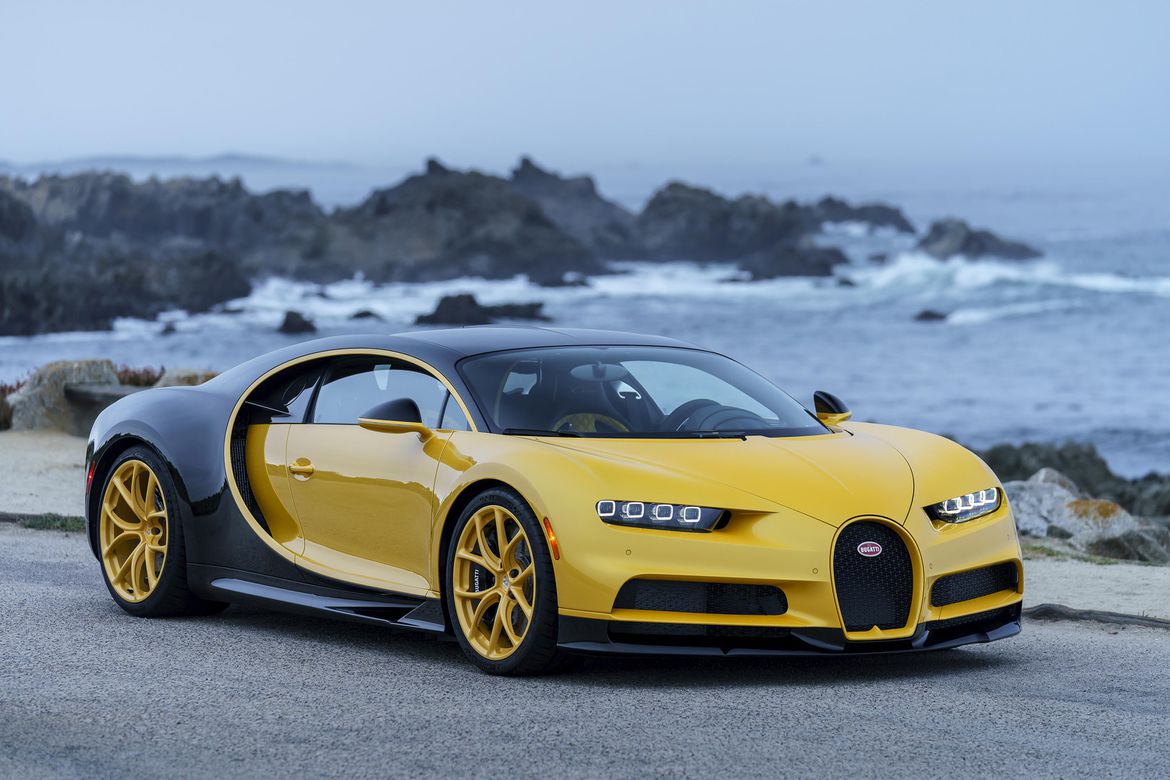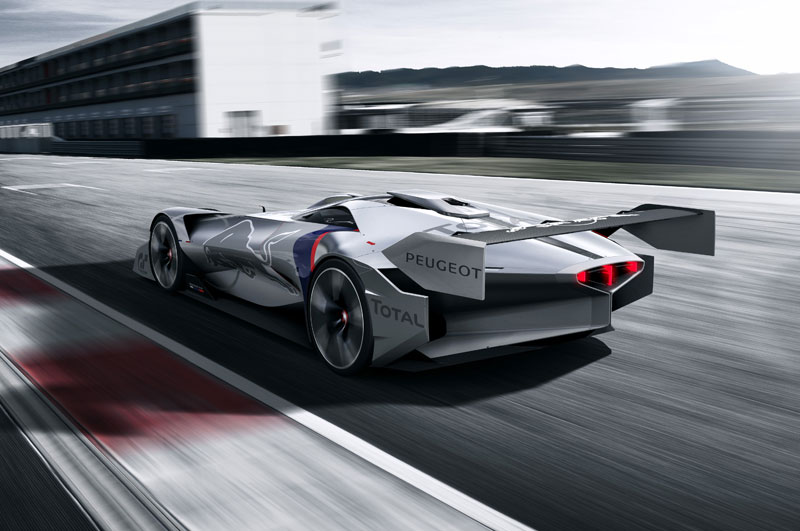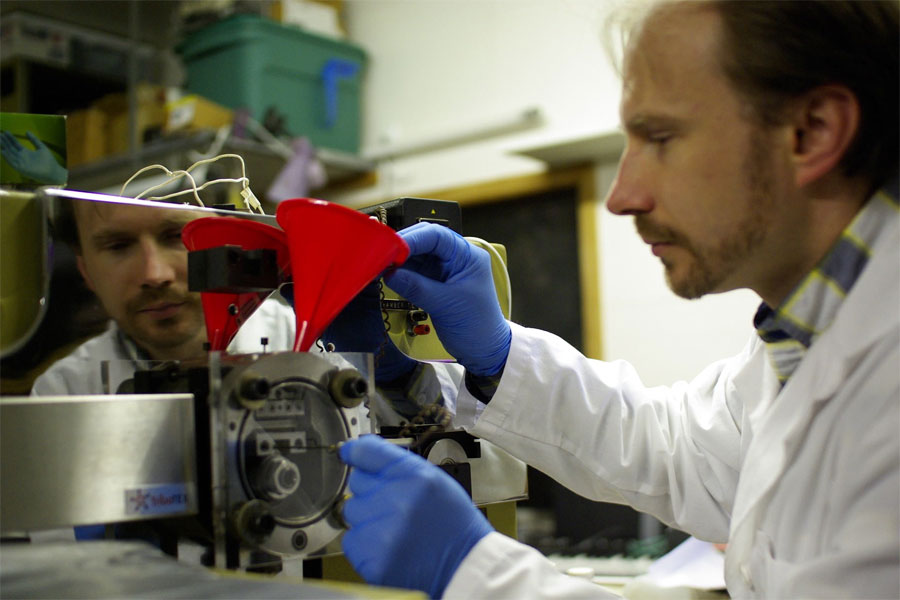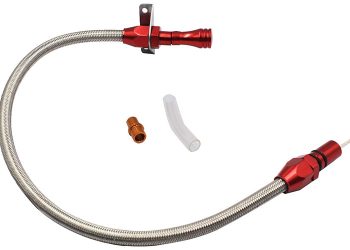Painting a car is much more different as that of painting your house walls. People have the notion that painting their car is just like a simple, easy task which is not like that. Having your car professionally painted is much more expensive also.
If you are dealing with blemishes, spots, rust marks, etc. on your car or just a new vehicle look is required then repainting your car is the best option. Although your nearest auto body shop can fix this concern professionally with high accuracy that costs too much so here by applying the steps carefully and using the designated tools, you can have your car repainted.
Gather up The Things That Will Be Needed For Painting Your Car:
First of all, set aside your time as a painting car is a time-consuming task, for which you at least have several days or a week.
Assemble Your Supplies:
Supplies that will be your need or your car’s need should be gathered up. You’ll need 1200-and 2000 grit wet-and-dry sandpapers, a powered sander, masking tape, making paper, cleaning solvents, mineral spirit or denatured alcohol, rags, dust exactor, spray gun, air compressor, respirators, paint thinner, primer, acrylic topcoat, clear coat lacquer, and a buffer.
Moreover, you will be needed to face mask for your safety as the automotive paints are aerosolized that cause respiratory disorders. To minimize this problem best respirators for spray paints are always useful.
The automotive paint gun helps you to get the uniform coating of paint throughout the car; you can also use the airless spray system. And the dust exactor will draw the debris from the air.
Type And Amount Of Paint:
As mentioned before, the automotive paints are different as that of household paint so, they also have different formulations that are more than of one type. Polyurethane, acrylic enamel or enamel are the types that give a metallic shine to your car. If you want a well-executed look for your car than chrome paint should be a good choice for you then.
The next step is to match the color code so that the color on your car would be uniform. For this, the compliance plate in your car has the color code.
The last step is the amount of paint and other initiatives that are needed. The amount varies to the size of your vehicle, but generally, for small-to-medium 1 gallons of primer, 3 gallons of topcoat and 2-3 gallon of clear coat is needed. And for large vehicles, 1 ½ gallon of primer, 4 gallons of topcoat, and 3-4 gallons of clear coat is needed.
Choose and Prepare Your Workspace:
- It is crucial to ensure that your workspace is exactly accurate for painting a vehicle for which you should mark these 4 points as an assurance of the area:
- For DIY car paint jobs, the first thing is that there should be a great space to move around as you are working with many gadgets so adequate space can hinder in bumping them.
- Second, the area should have great control over lightening as the surface of car matters the most for which you have to see that there should never be debris on the coat that makes your car clingy or you have to see that you have done a uniform coat over entire car; this all needs a lit room.
- As you are dealing with the aerosolized paint that suspends in this air after some time and causes great loss with respiratory disorders. So, the area should have complete and good ventilation so that the dispersion of these volatile compounds could be possible.
- Last but the most important of all, the area should be free from dust and other contaminated particles that stick on the wet coat of your car and ruin the paint task.
Get Started:
Prepare Your Car For Paint:
Preparation starts with deciding the areas you want to paint. If you are willing to paint the car from outside only, then you have to mask the inner areas. And if you are going to paint the entire car from inside to outside, then the engine and doorsills should be removed first.
And now the engine bay will be the first to paint on. Painting the cars required to remove the parts which are not supposed to paint and if they are complicated to remove, then they should be covered by newspaper edge-to-edge and tape them with masking tape.
Moreover, the door handles the window, the windshield. Glass, mirror, grills, and others should be perfectly covered.
Check the surface of the car for any dents, scratches, or any other imperfection. Look for the rust and remove it if present. Is rust would be painted then it will only be the worst for the vehicle as it will undermine the delicacy of your car. Remove the plastic or chrome trims or moldings if present.
Now start sanding the car to get the smooth, clean surface for the paint to adhere to it. Always sand in a circular motion to get the uniform depth of sanding. Sanding should be done from a metallic coat to the base coat with all the perfection, do one section at a time. Pay special attention to the areas hard to reach. You can also use the attachment to these areas. This task of sanding the entire body of the car to base coat takes a handsome time of about 3 to 4 days.
After preparing the surface from sandpaper now the mineral spirit or denatured alcohol is splashed over the surface that has the ability to smoothen the surface by getting rid of any dust particle or oil drops. Rags are used to moisture the surface. Now, wait for several minutes for evaporation of alcohol with oil residues preparing the car for paint perfectly.
Apply Primer To Your Car:
Safety always comes first; make sure you are wearing your goggles and the face mask to avoid the contact of any paint with your eyes or lungs.
Now you have to ready your primer as the thinner is supposed to mix with the primmer in an adequate manner, take instructions from the primers log. Once the primer is ready, now practice it in any spare metallic part first, as we are not the professional of painting car so, working on the car directly will cause many failures.
Take a spare metallic piece, take primer in the spray gun, distanced it from the spare sheet of about 6 inches and slowly start the priming with left to right continuous motion and remember only push the trigger when you are in continuous motion with an accurate speed, not to fast as it will not coat it perfectly and even not to slow that will cause a thicker layer of primer that takes more time to dry and even you will run out of the paint early.
Now, after getting confidence in your work, you can apply it to your car; start your priming process from the top roof to bottom.
Apply a thin coat first and let it dry for about 30 minutes or an hour. Priming needs 2-3 layers of primers which would be done in a manner in which every layer should be dried first completely.
Now use sandpaper and sand your car for a little as the primers give the rough surface to the car surface apply thinner with the help of rags but are careful not to use too much thinner or not to soak with a rag because that will result in stripping off the primer.
Paint Your Car:
So this would be the last step to get your car dyed. Done the topcoat in the same manner as the priming process. That is why the practice was needed before starting on the car.
The same distance of half a foot from the surface of the car, the same mindful for your arm movement that should be of like sweeping and the similar pressure on trigger throughout the process.
You will have to apply 4 coats on the primed surface delicately. Every coat must have its completely hour time to dry up and settles down.
Before applying the last coat, it is better to wipe the surface with 2000 grit sandpaper both in dry-and-wet manner and moisture it with a thinner now the surface is so purely smoothened that the 4th coat would perfectly be settled and shine on the car.
Lacquer Coat:
After applying the 4th coat now, the lacquer coat is to be coated on the same pattern of 6 inches distance with a sweeping manner of the arm and complete control of pressure of spray gun’s trigger. Before the lacquer coat dries up to remove all the covers that are covered by a newspaper, be careful that not a single newspaper remain stick to the wet coat.
Inspect Your Car:
After you have done the lacquer coat and it is dried up now take a deep look at every nook and corners of your car to inspect any imperfection that your car bars. If it has any of the ones, use the 2000 grit sandpaper to wind it off and re-paint the selected section.
Finish The Paint:
Finishing the paint requires a buffering process that gives you the best shining surface. But with a careful hand, as any section is buffered on longer extinct, the paint of that section will burn down.
Painting your car is not a difficult task. It just needs patience, well mindset, perfect supplies, and materials. DIY car job is not only money-saving but also a rewarding process if done by one own self.














